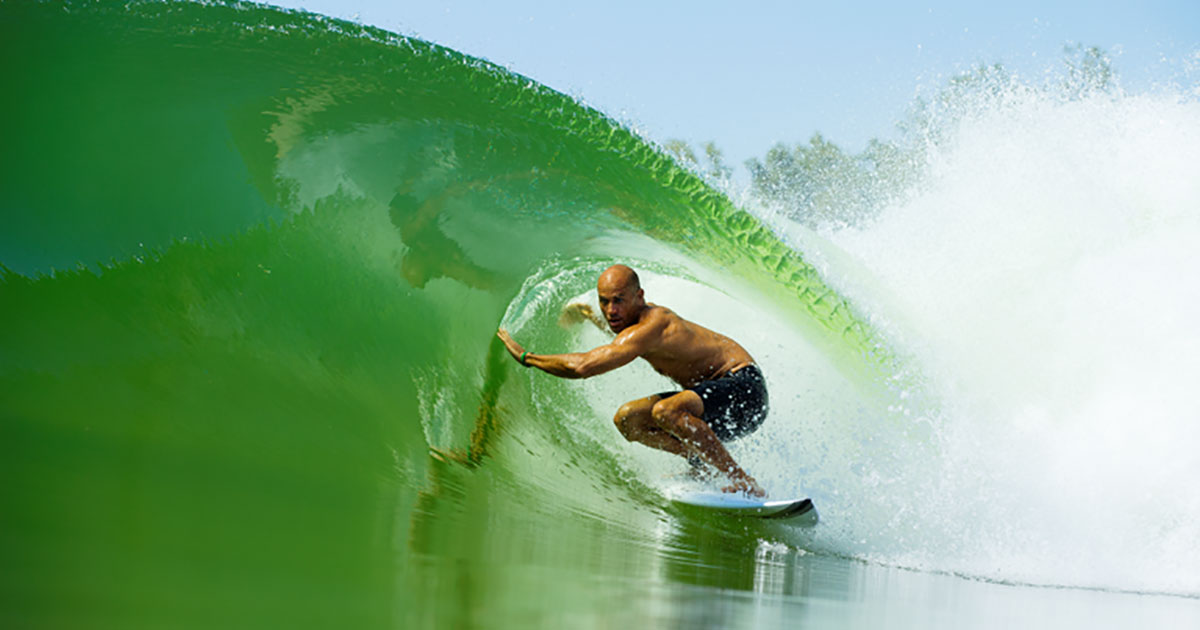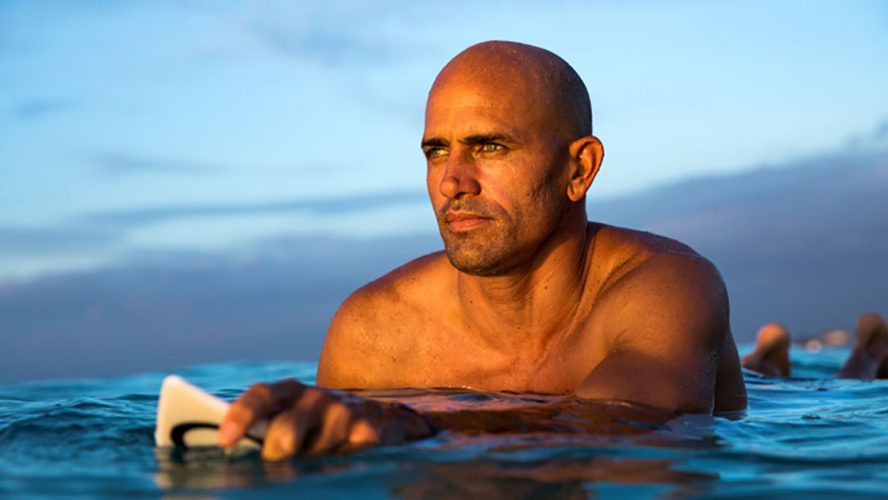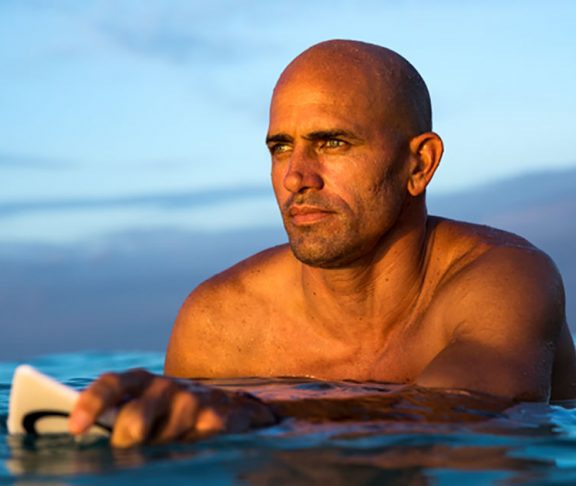The ocean supports countless species, 91 percent of which have yet to be fully discovered, according to the National Ocean Service. But what is known is that human activity is imperiling these unifying waters and the wildlife they support. In fact, the organization Ocean Conservancy estimates that each year, 8 million metric tons of plastic enter the ocean, which adds to the 150 million metric tons already present in this natural resource.
That’s why 11-time World Champion surfer Kelly Slater continues to use his platform to raise awareness about the importance of ocean conservation and how individuals can propel this effort in ways big and small.
“Surfers and surfing help maintain healthy environments and access to beaches. We have probably the deepest connection to the coasts along with divers and fishermen,” said 47-year-old Slater, who is widely lauded as the greatest surfer of all time.
Slater, who hails from Cocoa Beach, Florida, grew up in the water and continues to feel like it is a “natural extension” of himself. “I don’t necessarily think being a pro changes any of the love you have for something,” said Slater, adding that “it’s become even more all-encompassing to my life.”
Human activity
Actions by humans can pose a direct threat to the health of the ocean and marine life. Indeed, according to a reference article in National Geographic, 80 percent of marine pollution stems from land-based activity. Those actions include using plastic straws, causing oil spills and runoffs from industrial plants, and not managing air pollution. They are contributing to the rise of sea levels, the damage of coral reefs, and the destruction of marine life, experts agree.
“Plastic pollution seems irreversible and so horrible,” Slater said. “We are ruining numerous ecosystems by overwhelming them with physical and chemical pollution.”

Slater identifies overfishing as another key issue in ocean conservancy. Overfishing is the practice of removing stock of a fish at a rate quicker than can be sufficiently replenished.
The Environmental Defense Fund agrees with Slater, calling overfishing the oceans’ “most serious environmental problem.” According to the United Nations Food and Agricultural Organization, 31.4 percent of fish stocks have reached their capacity for fishing or have already been overfished. “Overfishing is right at the top of the list,” Slater said.
Protecting oceans
As Slater mentioned, plastic use is one of the biggest contributors to ocean pollution. Therefore, you can help by opting for reusable versions of plastic products you regularly use, such as straws, grocery bags, and cups, according to the Oceanic Society. Already, notes Ocean Conservancy, plastic has been found in 60 percent of all seabirds and 100 percent of all sea turtles.
Eating sustainable seafood to avoid contributing to overfishing is another way to help protect the ocean, recommends the organization Oceana. Terms including “line,” “diver,” or “sustainably” caught or harvested can signal that you’re making a sustainable choice. If you aren’t sure if your fish is sustainable, ask your vendor.
Using fluorescent lightbulbs, reducing heat and A/C use when possible, and lending your support to pro-ocean organizations are other steps you can take in protecting the ocean, National Geographic notes.
Regardless of whether you’re a pro surfer like Slater, keep in mind that half of the oxygen you breathe comes from the oceans, per Greenpeace. Slater wants all people to know they can do their part to help conserve this vital life source. “Educate yourself,” he said. “Walk the beach and collect trash, and find local groups that are helping to fight the good fight to raise awareness and clean the beaches and oceans.”

